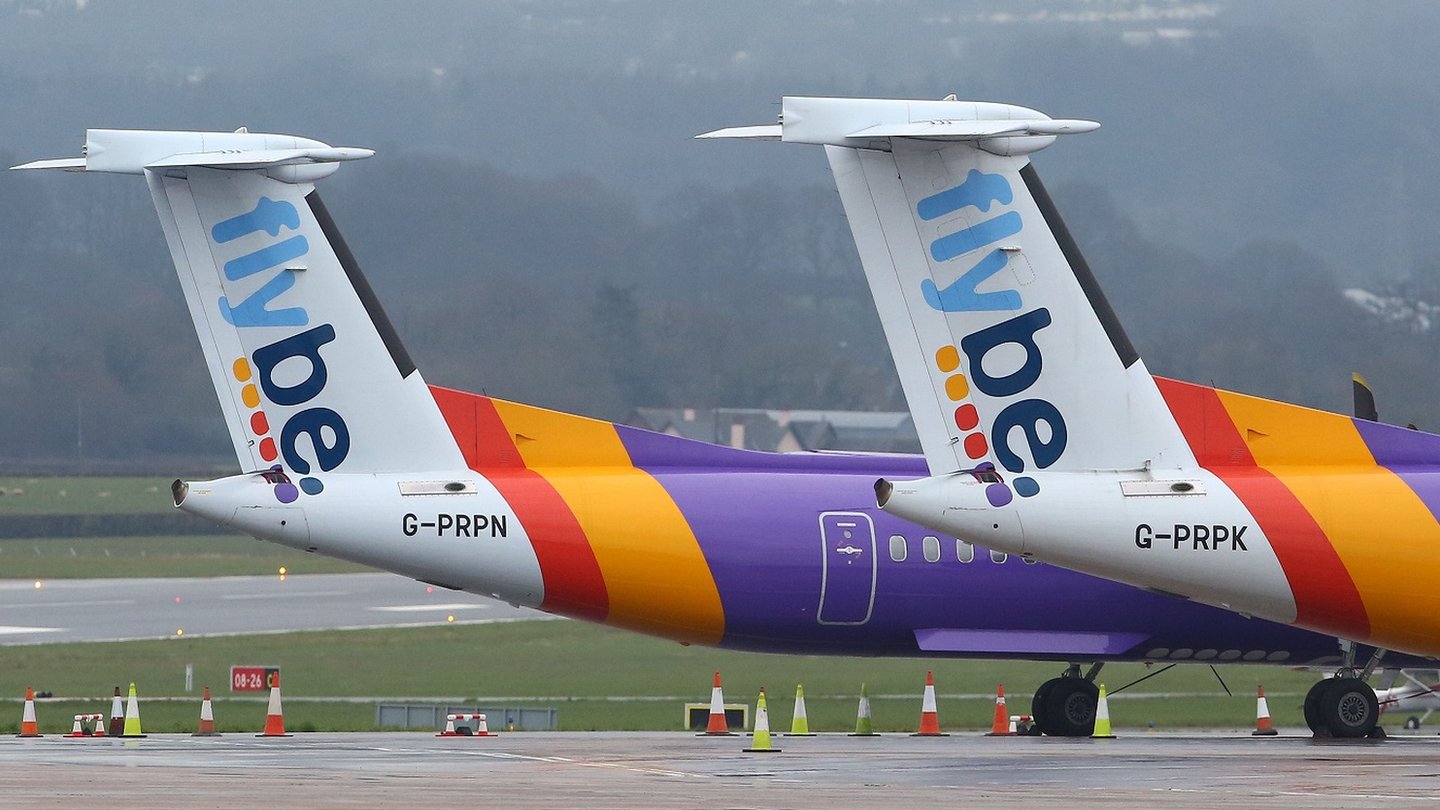
Flybe, a British regional airline, has a rich history filled with interesting facts. Founded in 1979 as Jersey European Airways, it later rebranded to British European before becoming Flybe in 2002. Did you know that Flybe once held the title of Europe's largest regional airline? With a fleet primarily consisting of Bombardier Dash 8 Q400 aircraft, Flybe connected numerous smaller airports across the UK and Europe. Despite facing financial struggles, Flybe played a crucial role in regional connectivity. What happened to Flybe during the COVID-19 pandemic? The airline ceased operations in March 2020 but made a comeback in 2021 under new ownership. Curious about more Flybe facts? Keep reading to uncover 19 fascinating tidbits about this resilient airline.
Key Takeaways:
- Flybe, a British airline, began as Jersey European Airways in 1979 before rebranding in 2002. It specialized in regional flights and had partnerships with major airlines, but faced financial struggles and entered administration in 2020.
- Despite facing financial challenges and entering administration in 2020, Flybe served over 80 destinations, implemented environmental initiatives, and saw revival attempts in 2021 under Flybe 2.0, showcasing its impact on regional connectivity.
Flybe's Origins
Flybe, a British regional airline, has a rich history. It has seen many changes since its inception. Here are some intriguing facts about Flybe's beginnings.
-
Founded in 1979: Flybe started as Jersey European Airways. It was initially a small operation focused on flights between the Channel Islands and the UK mainland.
-
Rebranding in 2002: The airline rebranded to Flybe in 2002. This change marked a significant shift in its business strategy, focusing more on regional flights across Europe.
-
Headquarters in Exeter: Flybe's main office is located in Exeter, Devon. This location has been central to its operations for many years.
Fleet and Operations
Flybe's fleet and operational strategies have evolved over time. These changes reflect its growth and adaptation to market demands.
-
Fleet Size: At its peak, Flybe operated a fleet of over 70 aircraft. This included Bombardier Q400s and Embraer E-Jets.
-
Focus on Regional Flights: Flybe specialized in short-haul flights. It connected smaller airports that larger airlines often overlooked.
-
Partnerships: Flybe had codeshare agreements with several major airlines. This allowed passengers to book connecting flights with ease.
Financial Struggles
Despite its growth, Flybe faced numerous financial challenges. These struggles impacted its operations and ultimately led to significant changes.
-
Administration in 2020: Flybe entered administration in March 2020. This was due to financial difficulties exacerbated by the COVID-19 pandemic.
-
Government Support: The UK government provided a loan to Flybe in early 2020. However, this was not enough to save the airline from collapse.
-
Job Losses: The administration led to the loss of over 2,000 jobs. This had a significant impact on the aviation industry and local communities.
Routes and Destinations
Flybe's route network was extensive, covering many destinations across Europe. Here are some key points about its routes and destinations.
-
Over 80 Destinations: Flybe served more than 80 destinations at its height. This included cities in the UK, Ireland, France, Germany, and beyond.
-
Popular Routes: Some of Flybe's most popular routes included flights from Birmingham to Belfast and Manchester to Amsterdam.
-
Seasonal Flights: Flybe also operated seasonal flights to holiday destinations. These included popular spots in Spain and Portugal.
Environmental Initiatives
Flybe was committed to reducing its environmental impact. The airline implemented several initiatives to achieve this goal.
-
Fuel Efficiency: Flybe's fleet included fuel-efficient aircraft like the Bombardier Q400. This helped reduce its carbon footprint.
-
Carbon Offsetting: The airline offered passengers the option to offset their carbon emissions. This was part of its broader sustainability strategy.
-
Recycling Programs: Flybe implemented recycling programs on its flights. This included recycling waste materials like paper, plastic, and aluminum.
Revival Attempts
After its collapse, there were efforts to revive Flybe. These attempts aimed to bring the airline back to the skies.
-
Flybe 2.0: In 2021, a new company acquired Flybe's assets. This led to the creation of Flybe 2.0, with plans to restart operations.
-
New Routes: Flybe 2.0 announced new routes and destinations. This included flights from Birmingham and Belfast City Airport.
-
Smaller Fleet: The revived Flybe planned to operate a smaller fleet. This was part of a more sustainable and financially viable business model.
Impact on Regional Connectivity
Flybe played a crucial role in regional connectivity. Its services were vital for many communities and businesses.
- Economic Impact: Flybe's flights supported local economies. They provided essential links for business travel, tourism, and cargo transport.
Final Thoughts on Flybe
Flybe's story is a rollercoaster of highs and lows. From its humble beginnings in 1979 to becoming one of Europe's largest regional airlines, Flybe has seen it all. The airline's focus on connecting smaller cities made it a favorite for many travelers. However, financial struggles and the COVID-19 pandemic led to its unfortunate collapse in 2020. Despite its challenges, Flybe's legacy lives on through the memories of its passengers and the impact it had on regional air travel. Whether it’s the unique routes they offered or the convenience of short-haul flights, Flybe left a mark on the aviation industry. As we look back, it’s clear that Flybe played a significant role in shaping regional air travel in Europe. Here's to remembering the good times and the contributions Flybe made to the world of aviation.
Frequently Asked Questions
Was this page helpful?
Our commitment to delivering trustworthy and engaging content is at the heart of what we do. Each fact on our site is contributed by real users like you, bringing a wealth of diverse insights and information. To ensure the highest standards of accuracy and reliability, our dedicated editors meticulously review each submission. This process guarantees that the facts we share are not only fascinating but also credible. Trust in our commitment to quality and authenticity as you explore and learn with us.


